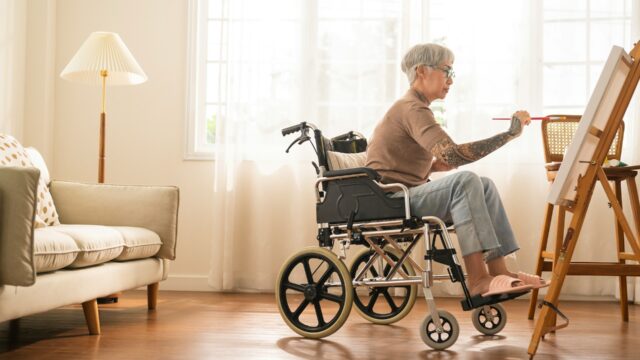Falls in nursing homes present significant challenges for residents, caregivers, and facility administrators alike. Beyond the immediate physical harm they cause, falls can lead to legal issues, insurance claims, and a loss of trust among residents and their families. In this article, we’ll delve into the importance of fall response plans in nursing homes, the common causes of falls, strategies for prevention, and the role of insurance in mitigating risks.
Understanding the Importance of Fall Response Plans
When a resident falls in a nursing home, the response to that incident can have far-reaching consequences. Not only does it affect the individual’s well-being, but it also reflects on the facility’s overall commitment to safety and quality of care. A robust fall response plan is essential for preventing accidents, minimizing injuries, and addressing liability concerns.
Common Causes of Falls
Falls in nursing homes can occur due to various factors, including environmental hazards, inadequate supervision, and caregiver negligence. Some common causes include:
- Environmental Hazards: Wet floors, poor lighting, and cluttered walkways increase the risk of slips and falls.
- Structural Issues: Improperly installed handrails, lack of traction on surfaces, and unsecured wires pose hazards to residents.
- Medication Side Effects: Certain medications can cause dizziness or weakness, increasing the likelihood of falls.
- Caregiver Negligence: Inadequate supervision, improper transfer techniques, and neglectful behavior contribute to fall incidents.
Preventive Measures and Interventions
To mitigate the risk of falls, nursing homes should implement comprehensive preventive measures and interventions. These may include:
- Medication Reviews: Regular review of residents’ medications to identify those that may increase fall risk.
- Environmental Modifications: Ensuring well-lit, clutter-free environments with proper handrails and slip-resistant surfaces.
- Use of Alarms: Installing bed and chair alarms to alert staff of resident movement and potential falls.
- Family Communication: Engaging families in discussions about resident care and fall prevention strategies.
- Staff Training: Providing staff with training on fall prevention techniques and protocols.
The Role of Medical Assessments
In addition to preventive measures, nursing homes should conduct medical assessments focused on identifying residents’ health conditions that may contribute to fall risk. This includes screening for conditions such as osteoporosis and conducting bone density assessments as needed. By addressing underlying health concerns, facilities can further reduce the likelihood of falls and associated injuries.
Leveraging Insurance for Risk Management
Insurance plays a crucial role in protecting nursing homes against liability and financial losses stemming from fall-related incidents. A comprehensive insurance policy tailored to the unique needs of long-term care facilities can provide coverage for legal expenses, medical costs, and settlements arising from claims. Moreover, insurance providers may offer risk management services, including safety assessments, staff training, and assistance with developing fall response plans.
Fall response in nursing homes requires a multifaceted approach that encompasses prevention, intervention, and risk management. By implementing proactive measures, such as comprehensive fall care plans and staff training programs, facilities can create safer environments for residents while minimizing legal and financial risks. Additionally, partnering with an experienced insurance provider can offer added protection and support in navigating the complex landscape of long-term care liability.
At Caitlin Morgan, we specialize in providing insurance and risk management services for assisted living facilities and nursing homes. Contact us today to learn more about our tailored insurance programs and how we can help safeguard your facility against fall-related risks.
